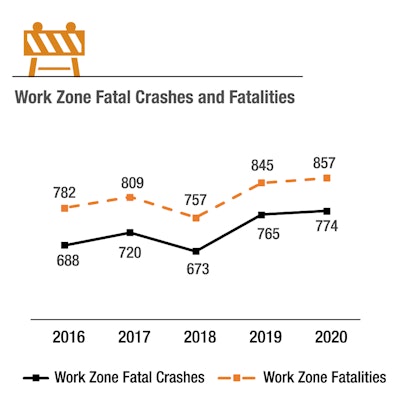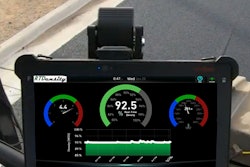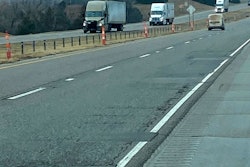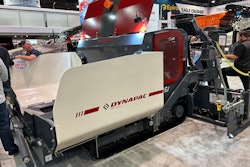
National Work Zone Awareness Week starts April 17 across the U.S., an annual even that highlights the dangers of inattention in highway work areas.
This year’s event comes less than a month after a crash into a work zone on I-695 in Woodlawn, Maryland, killed six highway workers. Following the March 22 incident, construction-related groups issued calls for increased safety for workers.
“The U.S. transportation construction industry lost six of its own yesterday in the tragedy outside of Baltimore,” said Dave Bauer, president of the American Road & Transportation Builders Association, on March 23. “… We will never accept that work zone intrusions are inevitable. Safety first; safety always.”
Just two days prior to the crash, ARTBA called on the Federal Highway Administration to ensure that road workers are protected as called for in the $1.2 trillion infrastructure law. The association specifically mentions a section in the law that calls for protection of “vulnerable roadway users,” which would include a “highway worker on foot in a work zone,” such as the six workers killed in the Maryland crash. The NTSB recently released its preliminary report on the fatal crash, which noted that the drivers involved were speeding.
National Work Zone Awareness Week
 The number of fatalities and fatal crashes in work zones continues to rise.National Work Zone Safety Information Clearinghouse
The number of fatalities and fatal crashes in work zones continues to rise.National Work Zone Safety Information Clearinghouse
The event has been held each spring since 1999 by the FHWA, the American Association of State Highway and Transportation Officials and the American Traffic Safety Services Association to spread awareness about work zone safety.
According to the National Work Zone Safety website, fatal work zone crashes have risen 46% between 2010 and 2020. There were 774 fatal work zone crashes in 2020, killing 857 people. Of those, 117 were workers, and 51 of them were pedestrians at work, such as those killed in the March 22 I-695 crash.
The website reports that more than 44,000 people were injured in work zone crashes in 2020.
The 2023 weeklong commemoration includes:
- Work Zone Safety Training Day - April 17
- National kickoff event - April 18
- Go Orange Day - April 19
- Social media storm - April 20
- Moment of Silence - April 21
Tips on work zone safety
These tips on work zone driving safety are from the FHWA:
- Plan Ahead. Before traveling, look up the latest traffic conditions on the route you plan to take. Information on active work zones is available from many agency and private-sector websites, apps and on social media to help you plan your trip, and possibly avoid work zones altogether.
- Minimize Distractions. Be aware of your surroundings, avoid changing radio stations and put your phone away when driving through a work zone. Work zones can change daily, so anticipate new traffic patterns and look out for other drivers and road users.
- Look Out for Workers. In 2020, 117 workers died in highway work zones.
- Check Your Speed. Obey posted work zone speed limits, look out for stopped or slow traffic and maintain a safe following distance from the vehicle in front of you to reduce the risk of crashes with other vehicles and with highway workers.
- Be Careful Around Large Vehicles. Large vehicles can be harder to maneuver and slower to respond, so avoid making sudden lane changes in front of trucks or buses and look out for construction vehicles.
- Be Prepared for Sudden Stops. Work zones sometime cause congestion, delays and traffic jams. Be alert and watch for sudden stops. In 2020, 20 percent of all fatal work zone crashes involved rear-end collisions.
- Read the Signs. Signs provide guidance to road users of traffic laws or regulations within the work zones. Remember that signs, cones, barrels and flaggers are there to help maneuver you safely through the work zone.
- Do Your Part. Everyone is responsible for doing all we can to work together and ensure we all stay safe.















